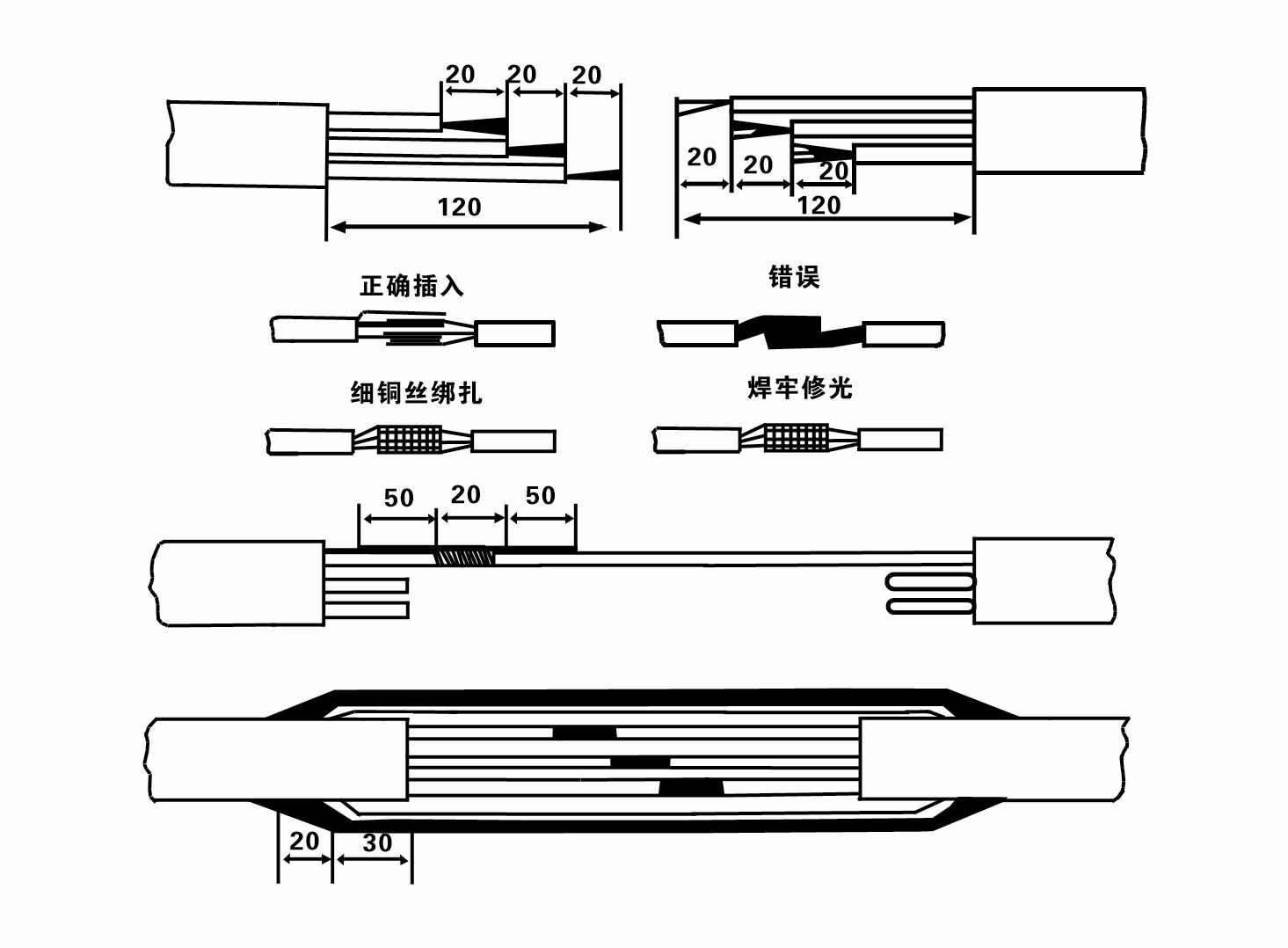Dec . 25, 2024 20:56 Back to list
submersible effluent pump
The Importance of Submersible Effluent Pumps in Wastewater Management
Submersible effluent pumps are vital components in modern wastewater management systems. These specialized pumps are designed to operate underwater, effectively moving effluent, which is wastewater treated to a certain degree, away from residential or industrial sites. As urbanization increases and concerns about environmental sustainability grow, understanding the function and significance of submersible effluent pumps becomes increasingly essential.
What are Submersible Effluent Pumps?
Submersible effluent pumps are types of centrifugal pumps that can be fully submerged in fluid. They consist of a motor and pump assembly that allows them to operate underwater, which offers numerous advantages over traditional surface-mounted pumps. Unlike other pumps that require priming and can only function when they are above the fluid level, submersible pumps work without the need for additional components like suction pipes. This characteristic makes them particularly efficient for moving effluent from septic tanks, drainage systems, and waste treatment facilities.
How Do Submersible Effluent Pumps Work?
The operation of a submersible effluent pump is relatively straightforward. When the pump is submerged in the effluent, it uses an electric motor to create a suction force that draws the wastewater into the pump. The pump impeller then converts this kinetic energy into pressure, pushing the effluent through discharge pipes to either a treatment facility or a designated discharge location.
These pumps are typically equipped with float switches that automatically activate the pump based on the water level in the tank. When the effluent reaches a certain height, the float switch will initiate the pump, and once the water level decreases, the pump will shut off, conserving energy and preventing overflow.
Applications of Submersible Effluent Pumps
Submersible effluent pumps are employed in various applications, making them incredibly versatile. One primary use is in residential septic systems, where they transport wastewater from the septic tank to a drain field or a municipal sewer system. Their ability to handle solids in the wastewater makes them ideal for these environments.
submersible effluent pump

In addition to residential applications, they are also extensively used in commercial settings such as food processing plants, manufacturing facilities, and even in construction sites where groundwater needs to be managed. In industrial environments, these pumps are crucial for dealing with effluent that may contain harmful substances or solids that can clog traditional pumps.
Advantages of Submersible Effluent Pumps
There are several advantages to using submersible effluent pumps. First, their ability to operate underwater reduces the noise that bombarding the environment, making them beneficial in urban areas where noise pollution is a concern. Additionally, because they are submerged, they occupy less space and can be installed in locations where a surface-mounted pump might not fit.
Another critical advantage is their efficiency. Submersible pumps are generally more energy-efficient than their surface-mounted counterparts due to their reduced energy loss. They also require minimal maintenance as they are less prone to damage from debris or other factors that can affect surface pumps.
Environmental Significance
With growing concerns about environmental sustainability, submersible effluent pumps play a crucial role in ensuring that wastewater is managed safely and effectively. Properly functioning effluent pumps help prevent contamination of groundwater and surface water, especially in areas relying on water bodies for drinking water. By efficiently transporting treated wastewater to designated disposal sites, these pumps contribute to protecting aquatic ecosystems and maintaining environmental integrity.
Conclusion
Submersible effluent pumps are an integral part of modern wastewater management, serving critical functions in both residential and industrial applications. With their efficiency, ease of use, and ability to mitigate environmental risks, these pumps provide a viable solution to the challenges posed by increasing wastewater production. As urban development continues to rise and the pressures on our water systems grow, the importance of reliable and effective wastewater management tools like submersible effluent pumps will only increase. Investing in and maintaining these pumps will ensure a cleaner, safer, and more sustainable future for our communities and ecosystems.
-
Submersible Water Pump: The Efficient 'Power Pioneer' of the Underwater World
NewsJul.01,2025
-
Submersible Pond Pump: The Hidden Guardian of Water Landscape Ecology
NewsJul.01,2025
-
Stainless Well Pump: A Reliable and Durable Pumping Main Force
NewsJul.01,2025
-
Stainless Steel Submersible Pump: An Efficient and Versatile Tool for Underwater Operations
NewsJul.01,2025
-
Deep Well Submersible Pump: An Efficient 'Sucker' of Groundwater Sources
NewsJul.01,2025
-
Deep Water Well Pump: An Efficient 'Sucker' of Groundwater Sources
NewsJul.01,2025
-
 Submersible Water Pump: The Efficient 'Power Pioneer' of the Underwater WorldIn the field of hydraulic equipment, the Submersible Water Pump has become the core equipment for underwater operations and water resource transportation due to its unique design and excellent performance.Detail
Submersible Water Pump: The Efficient 'Power Pioneer' of the Underwater WorldIn the field of hydraulic equipment, the Submersible Water Pump has become the core equipment for underwater operations and water resource transportation due to its unique design and excellent performance.Detail -
 Submersible Pond Pump: The Hidden Guardian of Water Landscape EcologyIn courtyard landscapes, ecological ponds, and even small-scale water conservancy projects, there is a silent yet indispensable equipment - the Submersible Pond Pump.Detail
Submersible Pond Pump: The Hidden Guardian of Water Landscape EcologyIn courtyard landscapes, ecological ponds, and even small-scale water conservancy projects, there is a silent yet indispensable equipment - the Submersible Pond Pump.Detail -
 Stainless Well Pump: A Reliable and Durable Pumping Main ForceIn the field of water resource transportation, Stainless Well Pump has become the core equipment for various pumping scenarios with its excellent performance and reliable quality.Detail
Stainless Well Pump: A Reliable and Durable Pumping Main ForceIn the field of water resource transportation, Stainless Well Pump has become the core equipment for various pumping scenarios with its excellent performance and reliable quality.Detail
